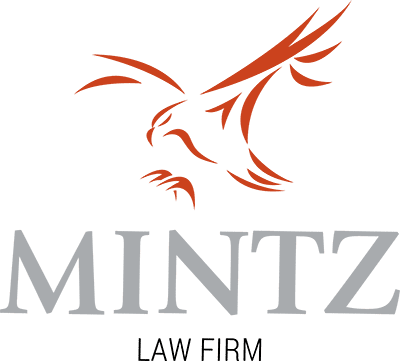New Traction Laws in Colorado: What You Need to Know

On May 17, Governor Jared Polis signed House Bill 1207, expanding Colorado’s traction laws. As you know, driving in Colorado can be dangerous. Even our major highways, like US 6 and Interstate 70, can run through terrain at more than 11,000 feet of elevation. In fact, the Eisenhower-Johnson Tunnel, at 11,158 feet, is the highest vehicular tunnel in the world.
We also know how unpredictable Colorado’s weather can be. It might be 70 degrees in February or it might snow in July — there’s no way to know! Now that winter is on its way, and given how dangerous driving can be, it’s important that you know exactly what the law says regarding driving in the high country and the precautions that you — and other drivers — are required to take.
New Traction Laws
If you’ve driven through Colorado’s high country in the winter, you’ve doubtless seen signs telling truckers and commercial vehicles to pull over and put on chains, even if there’s no snow on the ground at that moment.
Those signs signify the implementation of an active Traction Law, also known as a Code 15. You can also find out if traction laws are in effect by consulting COtrip.org or listening to roadway condition alerts.
If a Code 15 is in effect, motorists on Interstate 70 between Morrison (mile marker 259) and Dotsero (mile marker 133), at all times between September 1 and May 31, are required to comply with traction laws. That means your vehicle needs to have snow tires, tires with a mud and snow (M+S) designation, four-wheel drive, or all-wheel drive.
As of August 2, 2019, the new law also requires that your tire treads — on snowy roads or dry roads — be at least 3/16 of an inch deep. If your tire tread is not of adequate depth, you can use chains or an alternative device like an AutoSock to be in compliance.
What This Means For Colorado Drivers
These laws are primarily concerned with safety — the number of fatal crashes in Colorado has more than doubled since 2009 — but there are liability concerns as well. If you’re involved in an accident in the mountains, traction laws could affect the establishment of fault for the crash.
Colorado’s legal system uses comparative negligence, not contributory negligence, to establish fault. In short, contributory negligence means that if both parties in an accident are at fault, neither is entitled to damages. Comparative negligence, by contrast, compares the amount of fault that each party carries in the accident and restricts a plaintiff’s award for damages if the plaintiff is partially responsible for the crash.
How might this apply to traction laws? Imagine a scenario where you’re driving on roads with traction laws in effect — remember, it doesn’t even have to be snowy for these laws to apply. You’re driving carefully and legally, staying in your lane.
Suddenly, the person in the next lane next to you strays into your lane and collides with your car. Your car slides off the road and sustains substantial damage, and you’re injured as a result. But the other driver was at fault, so your insurance (or theirs) should cover everything, right?
Not necessarily. If police and insurance adjusters inspect your car and find that your car or tires weren’t compliant, the defendant may argue that you were partly at fault for your damages. The other party might even argue that if your tires were compliant, you wouldn’t have slid off the road and thus would have suffered much less damage to your car and body.
Seek Legal Help If You’re Involved In An Accident
If you suffer a car accident while driving on I-70 in the winter, don’t make the mistake of assuming that fault is easy to establish. Some insurance companies will go to extensive lengths to avoid paying out a claim, including examining any and all aspects of your car and driving behavior to prove that you’re at least partially at fault.
That’s why you need experienced legal help. If you’re involved in an accident, you need someone who knows the law and has decades of experience handling personal injury cases. Contact us today for a free consultation about your case.
